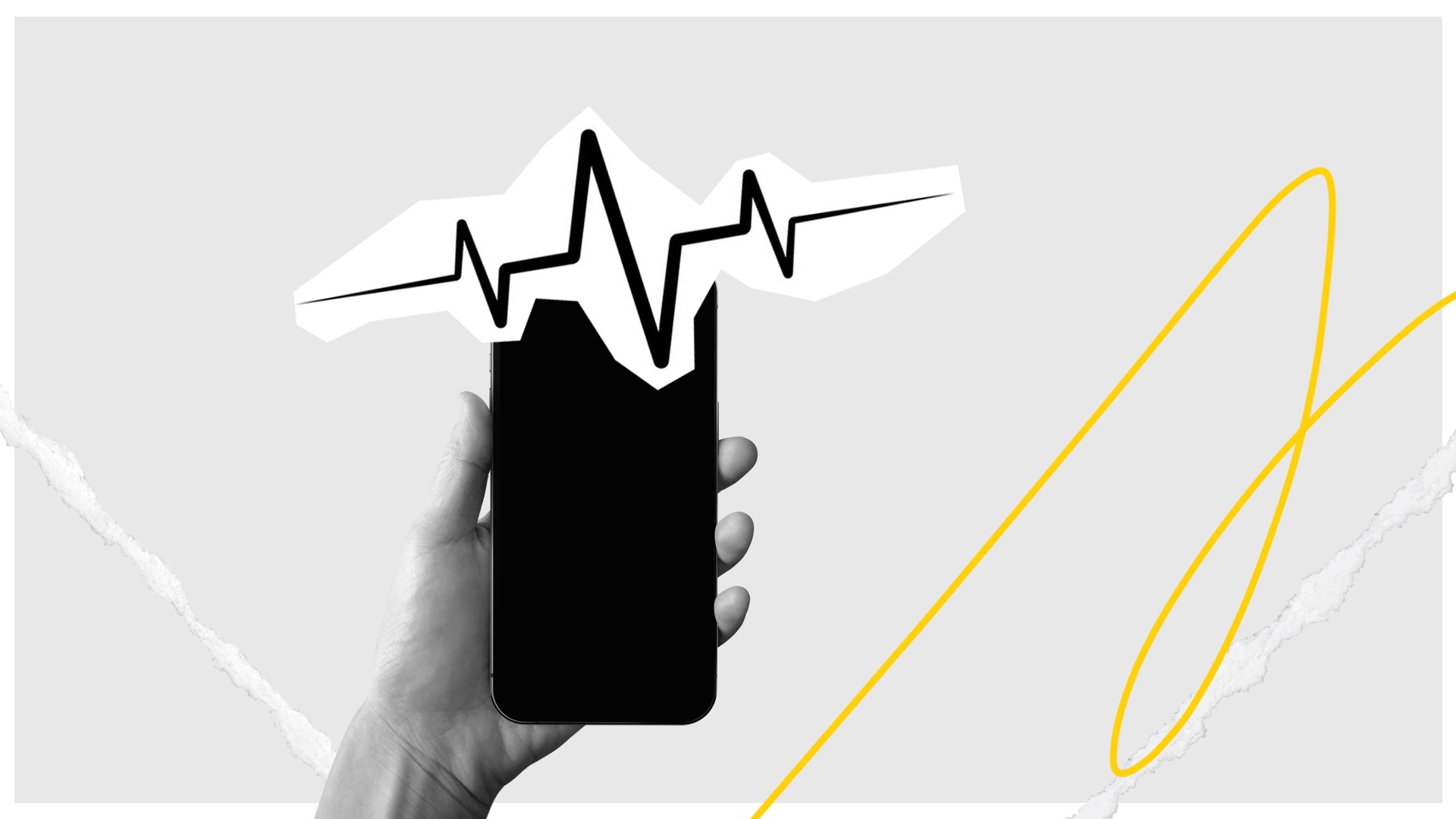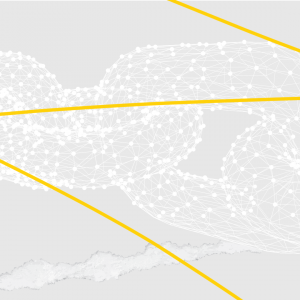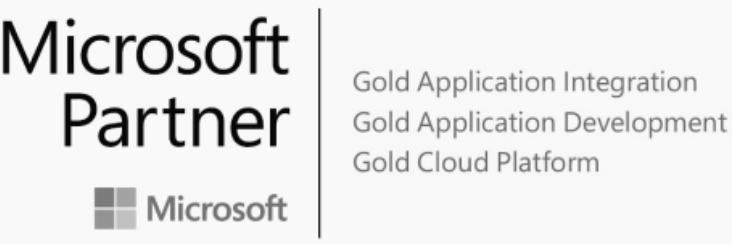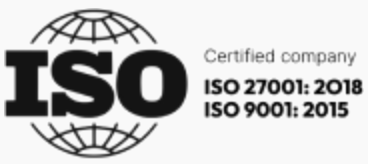Previously, we have discussed the state of healthcare app development, presenting each of the stages of this process in depth. We’ve also summarized the different types of medical apps that healthcare institutions are using.
For this article, we thought we might list a couple of rather broad healthcare app categories that are being used by both medical institutions, as well as patients.
EHRs
Unless you work in healthcare, you probably don’t have any access to EHRs, or Electronic Health Records. These types of healthcare software are used by clinics and hospitals, to manage patient records. They work a little like a CRM, but instead of past employers and hobbies, they list procedures, treatments, and health conditions specific to each patient.
Medical Databases
Medical databases are sort of like EHRs, but instead of organizing records by patient, they categorize information by disease or condition. This allows doctors and specialists to look up case files for specific conditions, so that they can compare symptoms, treatments and more. This helps doctors to make better diagnoses and offer better and more effective treatment options.
Medical Research Software
Most ordinary people don’t read medical research papers – but doctors do. Medical research software organizes and publishes the latest peer reviewed medical research papers, so that doctors can stay on top of developments in the industry. This also alerts them to new treatment and medication options for their patients.
PubMed is a good example of a medical research service.
Medical Diagnosis Software
Medical diagnosis used to involve consulting big, heavy books, cross referencing symptoms, and a fair amount of trial and error. Thanks to technology, things are a lot faster and easier.
The solution comes in the form of medical diagnosis software, which allows doctors to answer questions about the patient, their symptoms, and their medical history, and uses advanced technology like AI to determine the most likely diagnosis. It doesn’t replace a doctor’s skill and training, but it makes their jobs a little easier!
Some examples of medical diagnosis software are OSP Labs and Human DX.
Medical Imaging Software
It’s hard to believe it’s only been about 130 years since x-rays were first invented! Since then, we’ve added many other kinds of medical imaging to the medical toolbox, including CAT scans, MRIs, and ultrasounds.
Medical imaging software works with the equipment that does those scans, to give us pictures doctors can interpret to identify and diagnose problems. Some of these kinds of software can even be used with 3D printing technology to print medical devices and prosthetics that fit each patient perfectly.
Vepro and materialize are both medical imaging software packages.
Telemedicine Software
Telemedicine apps have been used for a while, usually for people who can’t leave their homes, or those who live in remote areas. However, when the pandemic hit the world in early 2020, many doctors in cities around the world pivoted most of their practices to telemedicine for safety reasons.
Telemedicine allows doctors to have their appointments with patients via phone or video chat. The doctor will discuss the patient’s symptoms and concerns, and only if they deem a physical examination necessary will a follow up, in person appointment be scheduled. This has made doctor’s visits more accessible for more people and is still a popular choice while the pandemic continues to ebb and flow around the world.
Doxy.Me and Maple are both examples of telemedicine software.
E-prescribing Software
E-prescribing software actually works hand in hand quite well with telemedicine software.
In the past, if you needed a prescription, your doctor would write one out in a prescription pad and give you a copy that you would take to your pharmacy for filling.
With remote doctor’s appointment becoming the norm, that’s not as simple. Enter e-prescribing software, which allows doctors to complete prescriptions and send them to patients and pharmacies. It also serves as an easy way to view a patient’s medication history, and to renew or cancel recurring prescriptions.
ScriptSure and MediTab are both examples of e-prescription software.
Booking Software
Booking and managing appointments in doctors’ offices used to be a tricky proposition that usually required at least a few enormous diaries and a huge stock of pencils. Appointments needed to be written in, erased, manually moved and more.
Appointment booking software takes all the diaries and pencils out of the equation and replaces them with easy-to-use digital calendars.
Patients can book directly from doctor’s websites without needing to call and can often change and cancel appointments too. Vacant appointment slots are automatically available until they are booked, and everything goes onto a digital schedule.
There are even apps and push notifications that allow busy doctors to stay on top of their upcoming appointments.
Billing Software
Anyone who has never done any medical billing should count their lucky stars. It’s a long and tedious process, with codes for every kind of treatment, drug, consumable and more. Invoices can include dozens and dozens of items, and if there is health insurance involved, along with split billing that comes with it, it only gets more complicated.
Medical billing software is designed to solve the problem of complex billing. Doctors, dentists, and hospitals can create lists of all their billing codes, which can then quickly and easily be looked up an applied to invoices. Most billing software also include insurance information, so both the patient and the insurance company are billed accurately. This cuts the medical billing process down dramatically and saves money on administrative costs.
One example of medical billing software is Epic Care.
Medical Equipment Management Software
Using medical equipment is a complex process that requires many years of study. But the machines themselves are just as complex. They require frequent servicing and maintenance in order to work correctly, and because they are so important to patient health, it is critical that they do.
Planning the maintenance of medical equipment used to be a full-time job, but it has become simpler since medical equipment management software was created. Many machines that are used in hospitals will now tell technicians when they require repair or servicing. But there are also software programs but remind hospital administrators and others when servicing and routine maintenance is required. This helps to ensure that all the machines in the hospital or clinic you go to are in good working order. Most also include an inventory all equipment, consumables, and parts on hand. So, everyone knows when it’s time to reorder.
Sortly is one of the medical equipment management software programs out there.
Hospital Management Software
Managing a hospital is one of the most complex things you could do. There are a million things that need to be taken care of on a daily basis, and even with a full team, sometimes things still fall through the cracks,
However, in a hospital environment, mistakes could literally be a matter of life and death. Which is why hospital management software was invented. This does everything from manage individual beds and the patients in them, too inventory, accounting, and more. Imagine the most complex project management software you’ve ever seen. This is probably it.
One of the hospital management software tools out there is called Availity.
Habit Breaking Apps
If there’s one thing most people find difficult, it’s breaking bad habits. Fortunately, there’s an app for that. Habit breaking apps are designed to work like a sobriety coach in a 12-step program. They help people to track their progress, often include live chat features that people can use when they are tempted, and usually have some form of reward when a milestone is reached. These kinds of apps can make it easier for people to walk away from their bad habits, which of course is better for their health.
QuitNow is a habit breaking app that helps people to stop smoking.
Health Apps
Most people probably have at least one health app on their smartphone. Some use them to track their running or cycling. Others use health apps to count calories. While others might even use them to track the ovulation and fertility. There is an endless array of health apps out there for nearly every health concern and situation. There are even health apps that work with wearable technology to track things like insulin levels in type one diabetes.
Weight Watchers and Calm for meditation are all examples of popular health apps.
A Limitless Market
The truth is the most valuable thing any of us have is our health. The healthcare software types we have listed here barely scratched the surface of what is available and what is yet to come. Telemedicine will remain a huge part of the health care future, and they are sure to be many more e-health digital products on the market, both for consumers and for healthcare professionals.
It’s a very exciting time in the health care software marketplace, and we can’t wait to see where it goes next.
Are you looking for a reliable healthcare app development company to bring your idea to life through the latest tech and a user-centric design?
Don’t hesitate to reach out. 🚀
You might want to read our latest case studies where we present how we developed a telemedicine app, as well as a management software provider for healthcare facilities.






